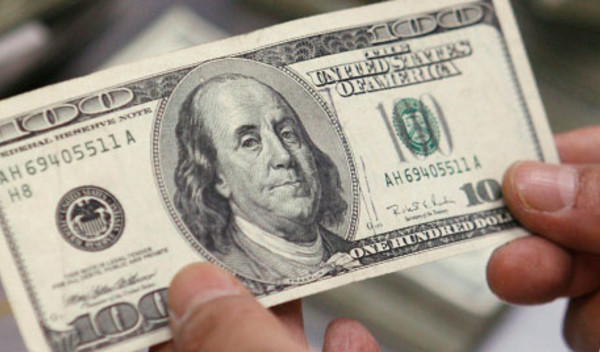

Fund managers and economists have reacted positively to yesterday’s expected US interest rate rise, but are split over what comes next.
Yesterday, the Federal Open Market Committee (FOMC) announced a 25 basis point rise in the Federal Forward Rate, news to which global equity markets reacted positively.
Chairwoman Janet Yellen said the unanimous decision meant the committee was confident on the current strength of the US economy but future rises would be steady and dependent on economic figures.
US consumer prices index inflation was at 2 per cent in November, but the Fed uses a different rate which is lagging behind.
In last night’s press conference, Ms Yellen attempted to reassure markets that future rises would be data-dependent. Commentators are predicting anything between two and four rises in 2016.
However, Old Mutual Global Investors head of fixed income Christine Johnson said the Fed’s move towards higher rates may well be short-lived.
She added: “The future path of rates may actually look more like the Wright brothers’ first attempts at flight: sporadic upward bursts, followed by a bump back to earth and then perhaps another short moment of being airborne.
“And there are many gusts along the way for the Fed, including the strength of the dollar the peaking of the credit cycle – not to mention the essential forces of gravity being exerted by feeble growth elsewhere in the world.”
David Absolon, inveatment director at Heartwood Investment Management said Ms Yellen had “skilfully steered” towards yesterday’s rate rise.
“The Fed communication machine gets a ‘thumbs up’,” he said.
“Its forward guidance has set the market up well for this hike. Now comes the tricky part. We are data dependent. And that means we are likely to see more volatility next year as the consensus of a ‘gradual rate rising cycle’ will be tested at times as the data waxes and wanes.”
Some commentators had expected the Fed’s forecasts on a range of economic indicators to be revised slightly downwards, but these were left unchanged.
Patrick Schotanus, investment strategist at Kames Capital said: “If there was any surprise in the accompanying material, it was the Fed maintaining [its] rate forecasts, roughly at their previous levels.
“A truly “dovish hike”, something anticipated by a number of pundits, would have meant bringing those down closer to market implied future rates.
David Page, chief economist at Axa IM, said markets still priced a Fed rate of 0.75 to 1 per cent by the end of 2016.
He added: “Our own view is for three rate hikes.
“We suspect that a tightening in financial conditions will at some point next year see the FOMC eschew an even quarter-per-quarter pace of tightening, something Ms Yellen herself suggested.
“With further disinflationary pressure rising at present, we consider the likelihood that the Fed has seen insufficient evidence of inflation pressures to justify a move in March and we forecast the next move in June.”




